Peter Norbeck Scenic Byway

Mention South Dakota to would-be travelers, and they may consider a trip to visit its landmarks, namely Mount Rushmore National Memorial or the still-unfinished Crazy Horse Memorial, dedicated to the memory of the legendary leader of the Lakota Indians.
Yet to enjoy fall's kaleidoscopic colors without the crowds found on the East Coast, leaf peepers should plan an autumn drive along the Peter Norbeck Scenic Byway; by then, the summer crowds have dwindled and the temperatures remain mild. While best known for the monuments that line it (including Rushmore, Harney Peak and Cathedral Spires), the 68-mile byway is a prime way to view South Dakota's foliage, particularly the aspen trees' stunning show of color against the backdrop of the Black Hills.
When to Go
To best appreciate South Dakota's beauty, road trippers need to be aware that the fall viewing season is unpredictable, but usually lasts from mid-September to late October.
Where to Drive
The byway is easily reached from Rapid City, SD, by driving southwest on Highway 16 until you reach Keystone, SD. Some of the more spectacular features of this highway include "pig-tail" bridges circling the mountain passes, stone pillars, six rock tunnels and stunning mountains.
What to See and Do
Custer State Park and the Black Hills National Forest, which the Peter Norbeck Scenic Byway bisects, both provide the setting for a spectacular autumn display.
The double-looped byway quickly demonstrates to drivers why the area has been a source of inspiration for artists, naturalists, pioneers and explorers, including Laura Ingalls Wilder and Lewis and Clark.
For a true sense of adventure, take a trek along the Centennial Trail, through forests, meadows, granite crags and canyons. Along the trail, it's not uncommon to spot turkeys, elk, mountain goats, bighorn sheep and bison.
Visitors would be remiss not to join the throngs of tourists at Mount Rushmore National Memorial. They can admire the spectacular monument of four US presidents' faces carved into granite, as well as the Black Hills that surround it. A half-hour ranger-led walk along the Presidential Trail to the base of the monument offers an education on the four presidents featured and explains why they were selected.
Nearby, you can explore Rushmore Cave, the largest stalagmite cave in the region. Tour the cave's rooms and passages, which culminate in the Big Room, where thousands of cave formations hang from the walls and ceilings, including stalagmites, flowstones, ribbons, columns and helectites.
After getting a fix of American democracy, get a taste of South Dakota's Native American heritage at the Crazy Horse Memorial, 17 miles southwest of Mount Rushmore. Begun in 1948, the memorial will be the largest mountain sculpture in the world when it is finally completed. Though still a work in progress, it is also the site of an enormous welcome center, the Indian Museum of North America, and the Native American Educational and Cultural Center, which offer insight into the culture and heritage of the Native Americans.
Add another dimension to your understanding of South Dakota's native population while on route by heading to Harney Peak, considered the center of the world by the Lakota Indians. At 7,242 feet, it is the highest peak east of the Rocky Mountains. On a clear day, visitors can spot Mount Rushmore 6 miles away.
A genuine South Dakotan gem can be seen at Jewel Cave National Monument, named for the jewel-like Nailhead and Dogtooth spar crystals that line the cave's 110 miles of passageways. Jewel Cave is the second-largest cave in the United States and the third-largest in the world.
Finally, monuments and natural formations are not all that is on display in South Dakota. Wildlife enthusiasts should pay a visit to the Norbeck Wildlife Preserve, where they can watch buffalo, elk and pronghorns roam free.
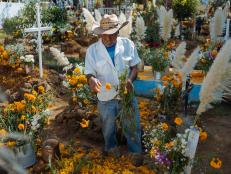
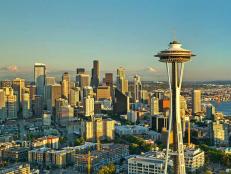
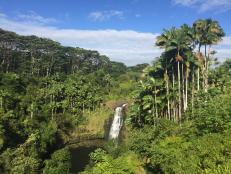
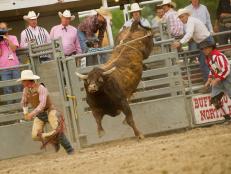
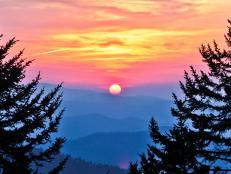
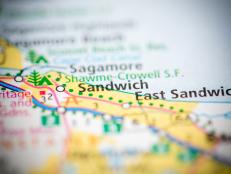
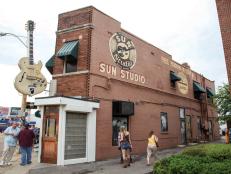
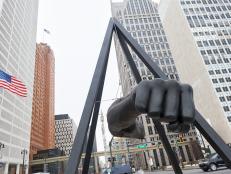

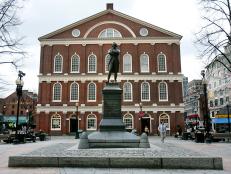

















.jpg.rend.hgtvcom.231.174.suffix/1674758726773.jpeg)











